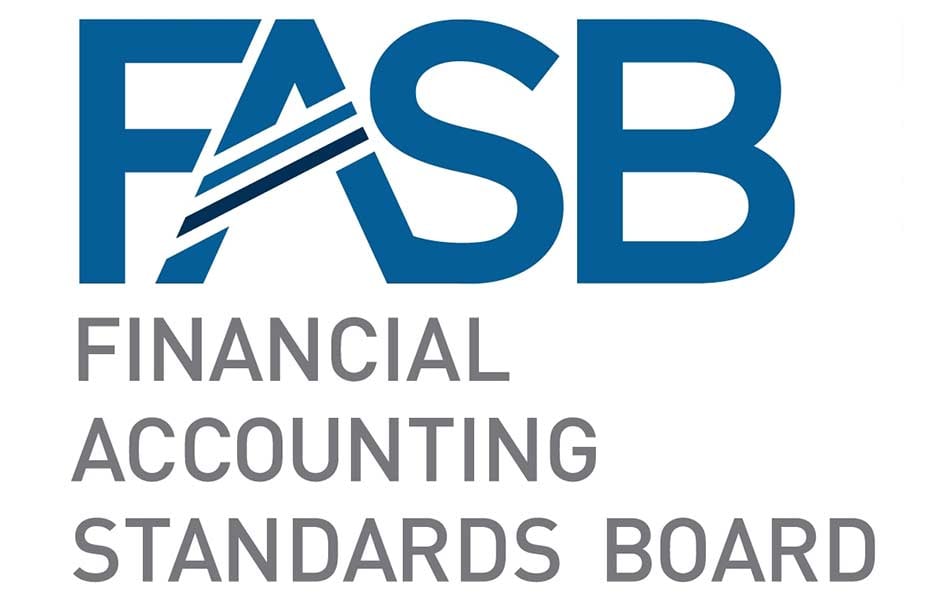Back in 2016, the Financial Accounting Standards Board issued a new accounting standard. Analysis of the financial crisis of 2007-2008 made it clear that the old Allowance for Loan and Lease Losses (ALLL) model had helped to exacerbate the crisis, as it relied on losses that were incurred but not realized. The declining economic outlook had not been considered when calculating anticipated losses, and thus reserve levels were not adjusted nearly as quickly as they should have been.
The goal of the new Current Expected Credit Losses (CECL) model is to ensure that losses on loans, securities, investments, and other financial instruments are recorded in a timelier fashion. This is to ensure that necessary adjustments are made to reserves before circumstances reach a crisis point.

Public businesses which file with the FEC will have to start applying the CECL model to their loan loss reserving in 2020. Other public companies will have to implement the model in 2021, while private and nonprofit companies have until 2022.
Many financial institutions, particularly smaller lenders, have voiced concerns as to the impact that the CECL model will have on their operations and ability to lend.
Even large banks are uncertain as to whether they are prepared for CECL, and worry that they may have their hands tied even during periods of economic growth.
Adoption of CECL requires lending institutions to continually forecast economic conditions and act accordingly. Some large lenders currently believe that during periods of growth, this will not present an issue. But banks are sounding the alarm that when conditions become more muddled, accurately forecasting the future is difficult at best. Historically, economic forecasts do not have a great track record.
Big lenders have indicated that forecast models may indicate periods of recovery lasting longer than what actually plays out. Banks may be forced to rein in loans even when the economy has already begun to bounce back from a downturn, and end up stifling and slowing recovery.
But nobody seems to know exactly what to expect, particularly because of the increased amount of data necessary to operate under the CECL model. A 2019 lender survey found that fewer than half of financial institutions were confident that they had collected the data necessary to successfully implement CECL, and seven SEC registrants were unsure as to whether they had the data needed to accurately estimate losses.
Based on preliminary data, some very large institutions have expressed concerns that they will have to significantly increase their holdings. JPMorgan Chase CFO Marianne Lake estimated that the institution will have to increase their reserves by $5 billion, or 35%, on the day CECL is implemented.
Thus, it would be unsurprising if some very large lenders pull back on loans in the short term as they’re confronted by the sticker shock of their reserve increases, and opt to tighten their finances up.
Community lenders of various stripes are even more behind the 8-ball in terms of preparation and expectations, while efforts at slowing implementation seem doomed to fail.
In an article on the challenges posed to community banks and credit unions by CECL, a writer for OTC Markets noted that, “Many community banks still find themselves rushing to clarify their course of action for CECL implementation. Although many iterations of FASB text and timelines are available, very little exists in the form of practical guidance.”
Because of the relative dearth of guidance, Democratic and Republican lawmakers in the House introduced H.R. 3182, “CECL Consumer Impact and Study Bill of 2019,” which would halt the enactment of the new standard until an impact study could be performed. However, there is little sign that the House will act on it, and the divided nature of Congress makes it relatively unlikely that the bill or an alternative could clear both branches. Two prior bills designed to slow CECL have died on the vine after being introduced. At this point, it seems likely that the current schedule for enacting the CECL will play out.
OTC Markets has warned that some of the fear expressed by community lenders may be exaggerated:
Smaller community banks, regulators, auditors, and bankers actually share a common desire for a simple CECL implementation. Regulators are not seeking an exhaustive or complex model, but rather a practical model supported by sound assumptions.
The takeaway is that small lenders may believe that the requirements being imposed on them are much more comprehensive and stringent than they actually are. But obviously, it’s difficult for such lenders to feel calm and collected as the clock is ticking down.
It seems likely that in the coming months, smaller lenders will be carefully watching the big banks and financial institutions subject to CECL beginning January 1st, 2020. If big institutions prove to be unprepared, or have to tighten their belts, then expect smaller lenders to be extremely cautious when it comes to making loans in the months ahead. Individuals and small businesses with less than sterling credit reports may struggle to secure financing.
